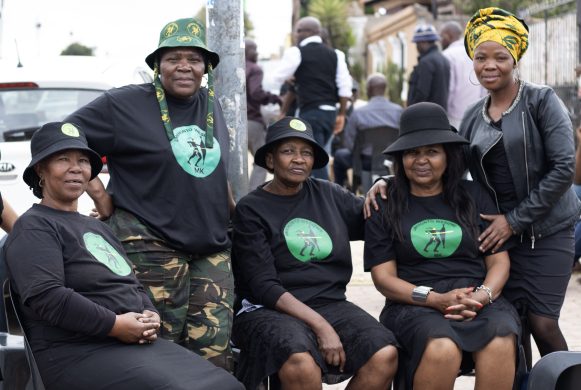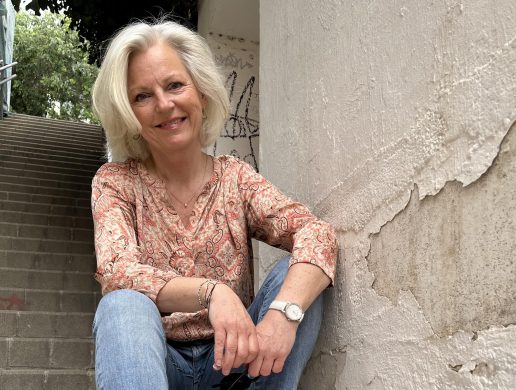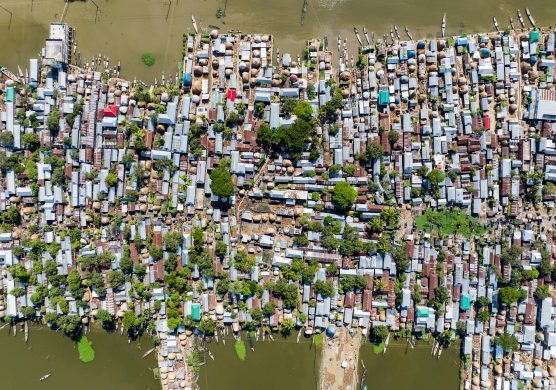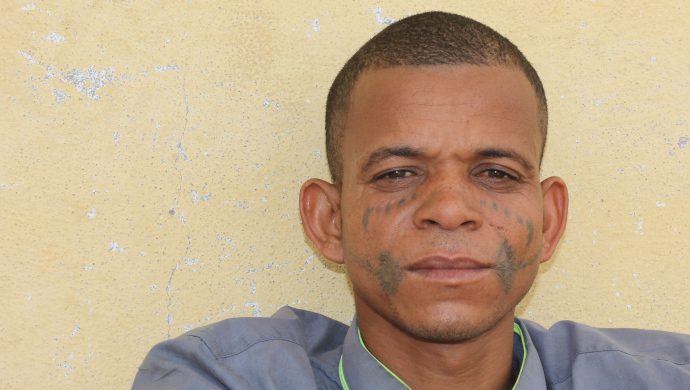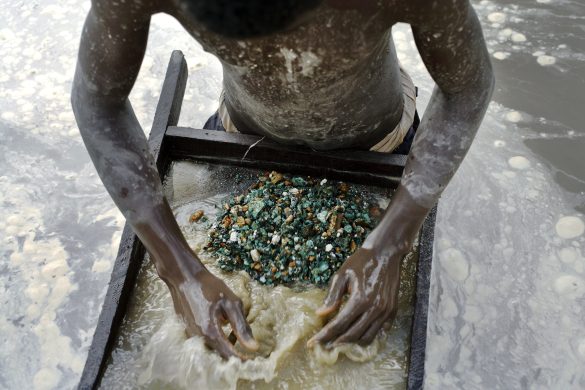Milford Bateman fra Overseas Development Institute (ODI) i London gør i et indlæg mandag som gæsteblogger på “Kumarian Press” op med ideen om, at små lån til fattige – de såkaldte mikrokreditter – er en slags mirakelkur, der kan “sende fattigdommen på museum”.
Guest Blog: Muhammad Yunus and the Faltering Reputation of Microfinance
Af Milford Bateman
Microfinance has been described as the one international development policy that the average person in the street knows a little about and fully supports. Most average people today, however, are probably becoming aware of the fact that there is a growing crisis in the previously saintly world of microfinance.
Indeed, many ordinary people will have been horrified to read that the patron saint of microfinance – Bangladeshi economist and 2006 Nobel Peace Prize winner, Muhammad Yunus – was recently fired from his job at the Grameen Bank, the bank he founded in 1983 to provide microloans to the poor.
Wider still, there is the unmistakable feeling that the microfinance concept itself is also under real threat.
This is a development that probably makes no sense to the average person, who for many years has been regaled with positive media images, heart-warming individual stories, a steady stream of feel-good documentaries and films, and numerous high-profile celebrity endorsements (Bill Clinton, Bono, Jeffrey Sachs) all testifying to its hugely positive impact on the poor.
So what is going on here?
Microcredit is the provision of tiny loans to the poor that enable them to open or expand an income-generating activity, and thus supposedly begin their escape from poverty.
YUNUS – OG HANS SKÆBNE
The microfinance concept is most widely associated with Muhammad Yunus, who quickly attracted international support for his efforts back in the 1980s by claiming boldly that microfinance would ‘eradicate poverty in a generation’, and that future generations would have to go to a ‘poverty museum’ to see what all the fuss was about.
On March 2nd (2011) the Bangladesh government, which owns 25% of Grameen Bank, made world headlines by firing Yunus from his long-standing position at the helm of Grameen. The ostensible reason for this move was his age – 70 – which apparently contravened Bangladesh law on the age of retirement (it should be 60).
However, everyone in the world of microfinance and beyond understood right away that this was merely the pretext (påskud) for Yunus’s dismissal, and not the real reason.
It still remains to be seen precisely why the Bangladesh government has decided to move against Yunus right at this moment. However, I understand that one central reason for the current events is that in almost every respect the Grameen Bank has failed to live up to the expectations that it would meaningfully improve the lives of the poor in Bangladesh.
The Bangladesh government now, albeit (desværre) belatedly, feels that it has been sold a lemon (en vare, der ikke er noget ved).
MODEL UDEN REEL VIRKNING
Indeed, it is now becoming very widely understood, and not just in Bangladesh, that the microfinance model has been quite unable to produce any convincing evidence to confirm it has been making real and sustainable progress anywhere in reducing poverty and promoting ‘bottom-up’ economic and social development.
On the contrary, wherever microfinance has made the most inroads into a local community – that is, wherever it has achieved ‘saturation’ (gennemtrænge/gennemsyre) – the longer-term result has been to undermine, if not to destroy almost completely, the needed impetus for sustainable ‘bottom-up’ development and equitable (ligelig fordelt) growth.
My own view on this issue, formed as a result of more than 20 years of research and consulting in local economic development, is summarized in my 2010 book “Why Doesn’t Microfinance Work?”. Many other analysts have been coming out with similarly pessimistic assessments of late, notably Malcolm Harper, Tom Dichter, Ananya Roy and Lamia Karim.
LANDSBYEN, HVOR DET HELE BEGYNDTE….
Put simply, one need only look to Jobra, the village where it all started for the Grameen Bank in the late 1970s, to find the key elements of the problem here: Jobra is a village still mired in (fastlåst i) deep poverty, deprivation (afsavn/nød), industrial primitivization and disempowerment.
Worse, it has begun to experience a quite new structural problem – a growing number of its poor inhabitants have racked up (oparbejdet) crippling levels of microdebt to local microfinance institutions, including to the Grameen Bank.
Unfortunately, as they too have approached to microfinance ‘saturation’, many other countries/regions have seen almost exactly the same ‘Jobra-style’ debilitating (svækker) dynamics emerge, predictably in the Andhra Pradesh state of India, Bolivia, Bosnia, Mexico, Nicaragua, Montenegro, Cambodia and Mongolia.
Another fundamental problem with the microfinance model is that, under pressure in the late 1980s and early 90s from right-wing economic and political philosophies, the original and unproblematic subsidy element involved in supporting microfinance (the Grameen Bank was very heavily subsidized right from the start) had to be brought to an end: in the future the poor would have to pay the full cost of making their own supposed way out of poverty.
In microfinance practice, this meant market-based (i.e., high) interest rates and other commercializing measures had to be introduced.
DA PROFITTEN TOG (HELT) OVER
The new ‘best practice’ was to structure all microfinance institutions as private profit-driven financial institutions driven by Wall Street-style incentive structures, such as high salaries, bonuses, share options and the possibility of management buy-outs.
The expected outcome was for the volume of microfinance available to rise massively.
The managers of the main microfinance institutions would very likely be very generously rewarded for achieving this, but these rewards would be justified because the result, it was believed, would be massive reductions in poverty, deprivation, insecurity and suffering in the poorest communities right across the globe.
Læs videre på
http://kumarianblog.blogspot.com/2011/03/muhammad-yunus-and-faltering-reputation.html
Begynd fra “Unfortunately, the commercialization and Wall Street-ization of microfinance….”
Milford Bateman [email protected] is a freelance consultant specializing in sustainable local economic development policy and programming and community development strategies.
He is Research Fellow in the Private Sector and Markets (PSM) Program at the Overseas Development Institute in London. He is the author of “Why Doesn’t Microfinance Work? The Destructive Rise of Local Neoliberalism” which was released in July 2010.
Se også et af hans seneste papirer (fra marts 2011) på
http://www.odi.org.uk/resources/details.asp?id=5117&title=microfinance-microcredit-grameen-bank







